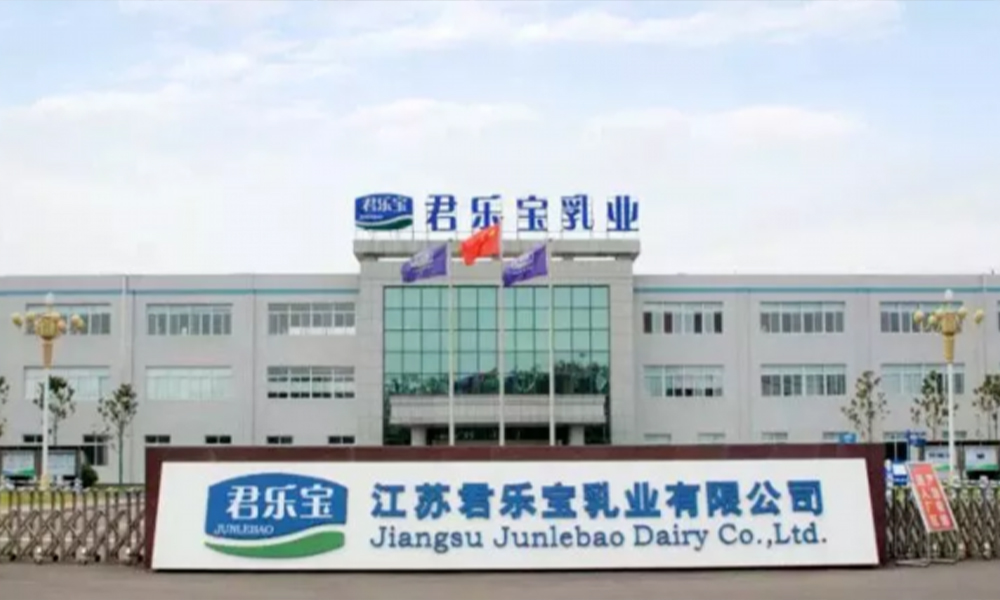Amid the global emphasis on environmental protection, reducing nitrogen oxide (NOx) emissions during combustion has become an important topic in the energy sector. Low-NOx burners and ultra-low-NOx burners, as key equipment for reducing NOx emissions, are gradually being widely used in both industrial and residential fields.
Traditional natural gas boiler burners typically have NOx emissions of around 120–150 mg. Low-NOx burners generally control NOx emissions within 30–80 mg, while emissions below 30 mg are classified as ultra-low-NOx burners. The production of NOx mainly originates from the reaction of nitrogen in the air with excess oxygen at high temperatures, generating thermal NOx. This begins to form when the combustion temperature exceeds 1000°C, and the formation rate increases sharply above 1400°C. Based on this formation mechanism, low-NOx and ultra-low-NOx burners primarily control NOx generation by reducing flame temperature and oxygen content.
In terms of types, low-nitrogen burners mainly include FGR low-nitrogen burners, surface combustion ultra-low-nitrogen burners, and surface combustion FGR ultra-low-nitrogen burners. FGR low-nitrogen burners use flue gas recirculation technology, reintroducing part of the post-combustion flue gas into the combustion zone to reduce flame temperature and oxygen content. This can usually control NOx to around 65 mg across the full fire range, with a minimum limit of about 40 mg, but further reducing emissions may cause issues like combustion instability. Surface combustion ultra-low-nitrogen burners use fully premixed surface combustion technology. They are simple to install and do not require FGR flue gas recirculation pipelines, allowing NOx to be controlled to below 30 mg across the full fire range. However, they require filtered air, increasing maintenance work, and with about 7% oxygen content, the combustion efficiency is somewhat reduced. Surface combustion FGR ultra-low-nitrogen burners combine the advantages of both, achieving low NOx emissions while keeping oxygen content below 3%, maximizing combustion efficiency, although the equipment cost is relatively higher.
When selecting low-NOx burners, several key parameters need to be considered. In terms of flue gas oxygen content, the ideal burner should be able to maintain flue gas oxygen content below 3%, because higher oxygen content indicates lower burner efficiency. For example, surface combustion burners typically have a flue gas oxygen content of around 7%, which means that to generate the same amount of heat as a burner with 3% oxygen content, about 6-8% more natural gas would be consumed. For owners with high natural gas consumption, choosing a burner with low flue gas oxygen content can effectively reduce operating costs. Adjustable ratio is also an important factor; low-NOx burners with electronic proportion adjustment should generally have a high adjustment ratio of at least 5:1. A low adjustment ratio can lead to more frequent start-up and shutdown operations and higher natural gas consumption. Choosing a burner with a high adjustment ratio helps reduce costs and extend equipment lifespan. In addition, combustion stability and the reliability of the equipment itself are crucial, especially for low-NOx burners using FGR technology. Attention should be paid to the FGR flue gas recirculation ratio, as an excessively high ratio may cause combustion instability. Of course, NOx emissions must comply with national and local environmental regulations. While meeting these requirements, it is advisable to select equipment with the lowest possible NOx emissions.
The application of low-nitrogen and ultra-low-nitrogen burners is of great significance for improving air quality and reducing environmental pollution. They not only help enterprises comply with strict environmental regulations but also reduce energy costs in long-term operation, achieving a win-win situation for both economic and environmental benefits. With continuous technological advancement and innovation, it is believed that low-nitrogen and ultra-low-nitrogen burners will play an increasingly important role in future energy utilization and environmental protection, promoting society toward a greener and more sustainable direction.

近日,加科燃烧器圆满完成江苏君乐宝乳业有限公司2台低氮燃烧器项目的安装与调试工作,为乳业生产的高效、环保运行注入···

近日,加科燃烧器顺利完成对青海云天化国际化肥有限公司2台25吨低氮燃烧器的改造项目,标志着双方在环保与能源效率提升···